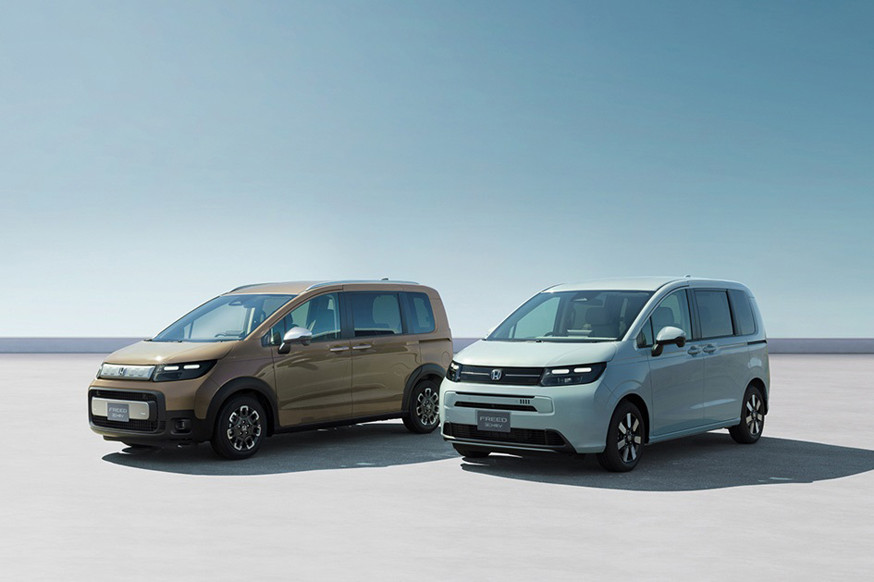
Production of a serial passenger van of the Japanese brand will start next month. The model will be offered with a gasoline engine and a hybrid power plant.
Honda has been producing the Freed compact van since 2008, the second generation appeared in 2016, and in 2017 the family was expanded with a “sports” modification with the Modulo X prefix. The standard model was updated in 2019, At the same time, a cross-version was added to the line, which was given the addition of Crosstar to the name. Now Honda has shown the exterior and interior of the third generation passenger van.
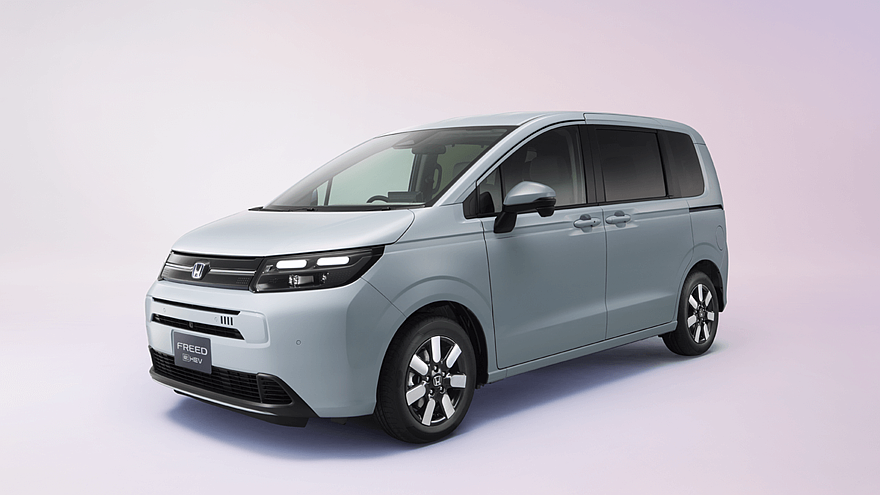 In the photo: new Honda Freed Air 1/2
In the photo: new Honda Freed Air 1/2 In the photo: new Honda Freed Air 2/2
The new Honda Freed will be available in two versions – Air and Crosstar. During the generation change, the compact van noticeably changed its appearance: the designers used some stylistic solutions of the current “big brother” Step WGN. The model has a different light relief on the hood, the angle of the windshield has become less sharp, and new head optics have also appeared. Between the headlights there is a bar with the brand logo, and for the Air version it is black with a thin horizontal light stripe, and for the Crosstar version it is silver with decorative squares slightly smaller than the emblem.
 In the photo: interior of the new Honda Freed Air 1/3
In the photo: interior of the new Honda Freed Air 1/3 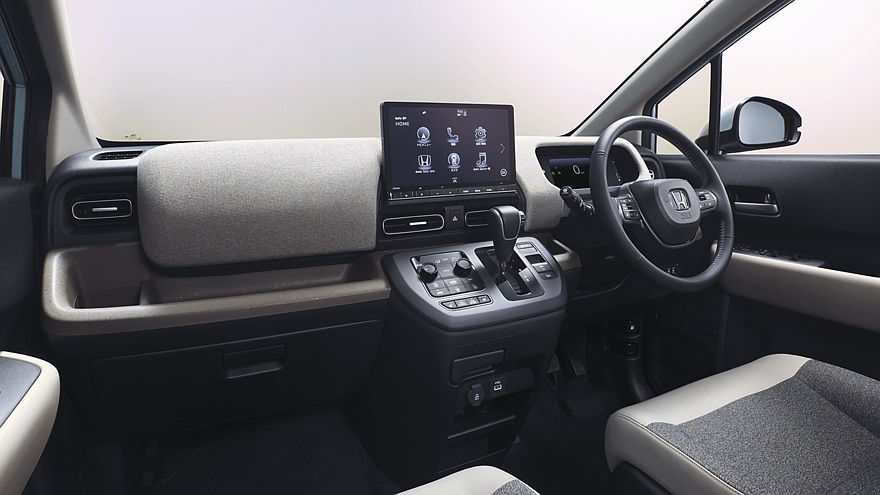 In the photo: interior of the new Honda Freed Air 2/3
In the photo: interior of the new Honda Freed Air 2/3 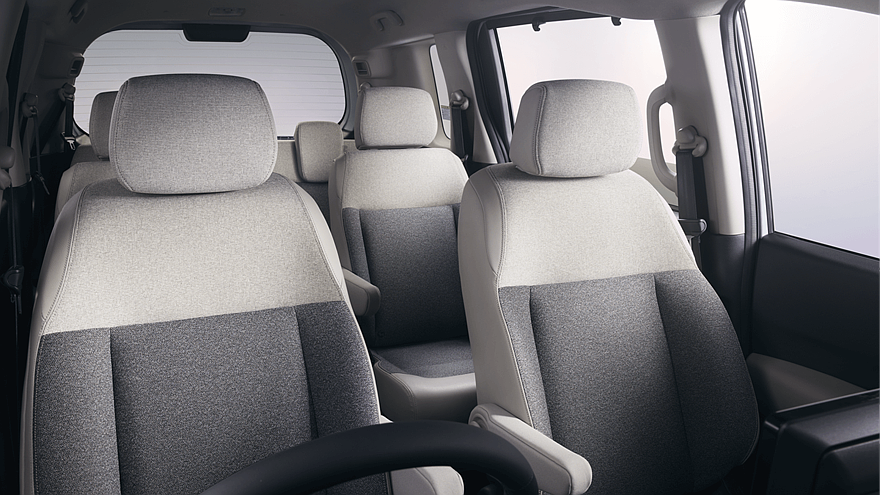 In the photo: interior of the new Honda Freed Air 3/3
In the photo: interior of the new Honda Freed Air 3/3
The design of the lower part of the front bumper is also different. The “regular” version has a visually distinguished rectangular element into which the radiator grille is integrated in the form of two narrow slits, and below there is a large air intake. In turn, the cross-version received a large rectangle made of unpainted plastic, combining both the radiator grille and the air intake. It has a grid pattern and a silver element with a place to attach a number in the center.
Both versions have traditional mirrors on separate legs, a shark fin antenna, and vertical lights designed as “windows” located one below the other. The list of differences of the Crosstar modification includes roof rails, a plastic body kit around the perimeter of the body, including lining on the wheel arches, as well as a silver tailgate handle (for the Air version it is painted in body color) and a diffuser at the bottom of the rear bumper. The versions also come with different alloy wheels.
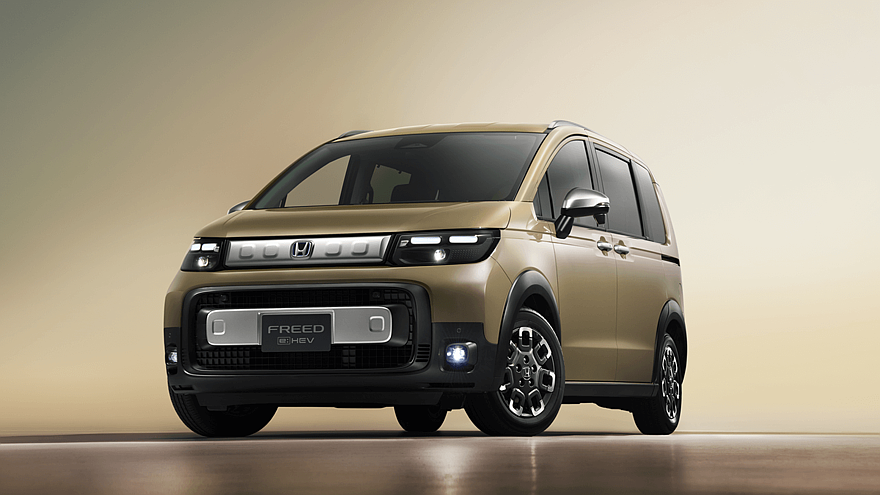 In the photo: the new Honda Freed Crosstar 1/2
In the photo: the new Honda Freed Crosstar 1/2 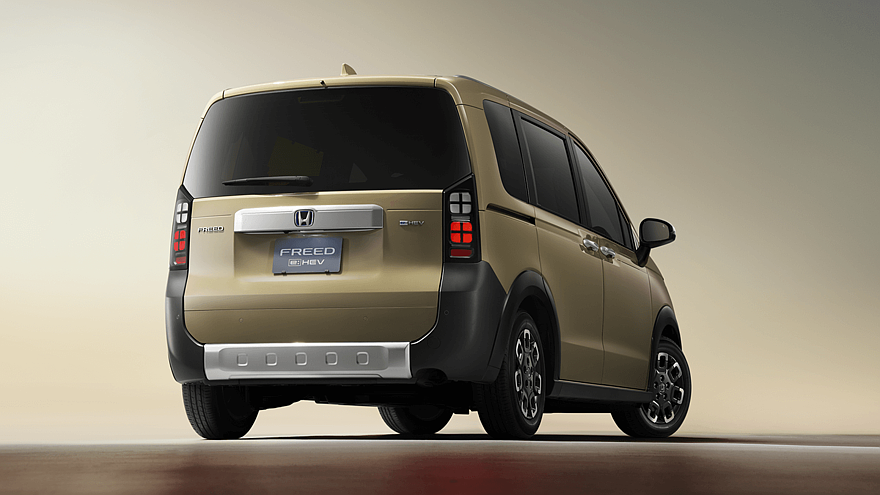 In the photo: new Honda Freed Crosstar 2/2
In the photo: new Honda Freed Crosstar 2/2
The length of the third generation Honda Freed is 4310 mm, width – 1695 mm, and height – 1755 mm; the distance between the axles is 2740 mm. That is, during the generation change, the car became 45 mm longer compared to its predecessor, but its wheelbase remained the same.
The Air version has a three-row cabin designed for six passengers, and the Crosstar version has a two-row five-seat layout with a substantial luggage compartment. The company noted that seat upholstery, resistant to stains and scratches, is responsible for practicality. During the generation change, the model was equipped with a new interior with a different steering wheel, a modified center console, a larger touchscreen for the infotainment system, as well as a different virtual dashboard.
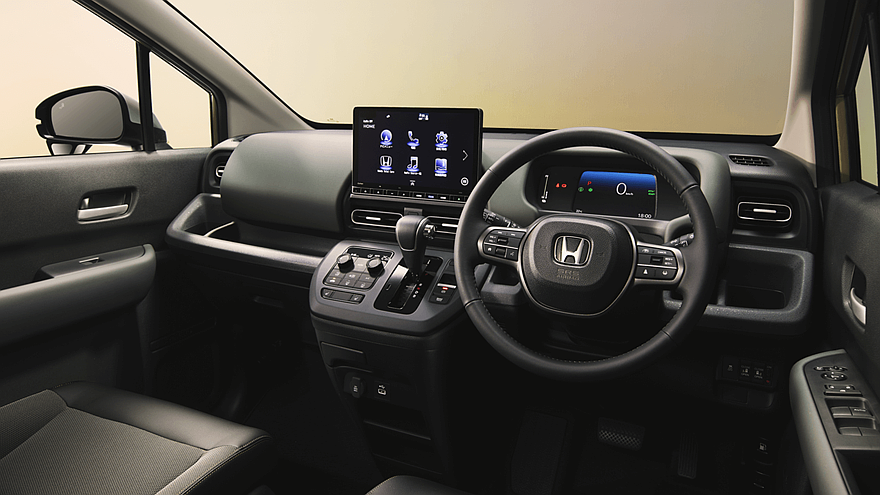 In the photo: interior of the new Honda Freed Crosstar 1/2
In the photo: interior of the new Honda Freed Crosstar 1/2 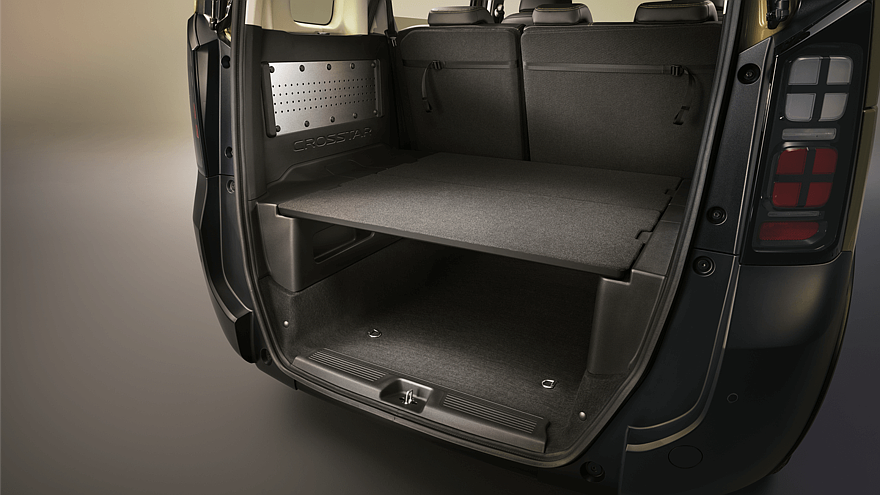 In the photo: interior of the new Honda Free d Crosstar 2/2
In the photo: interior of the new Honda Free d Crosstar 2/2
There is still little official information about the technology. It is known that, like its predecessor, the Honda Freed will be available with a gasoline engine, as well as with a hybrid installation. In the first case, we are probably talking about the previous 1.5-liter four-cylinder naturally aspirated engine (131 hp), coupled with a CVT. The second option involves the e:HEV system, which is based on a 1.5-liter engine working in tandem with two electric motors. Details about the technology will appear closer to the start of mass production, which is scheduled for June of this year.


























































Свежие комментарии